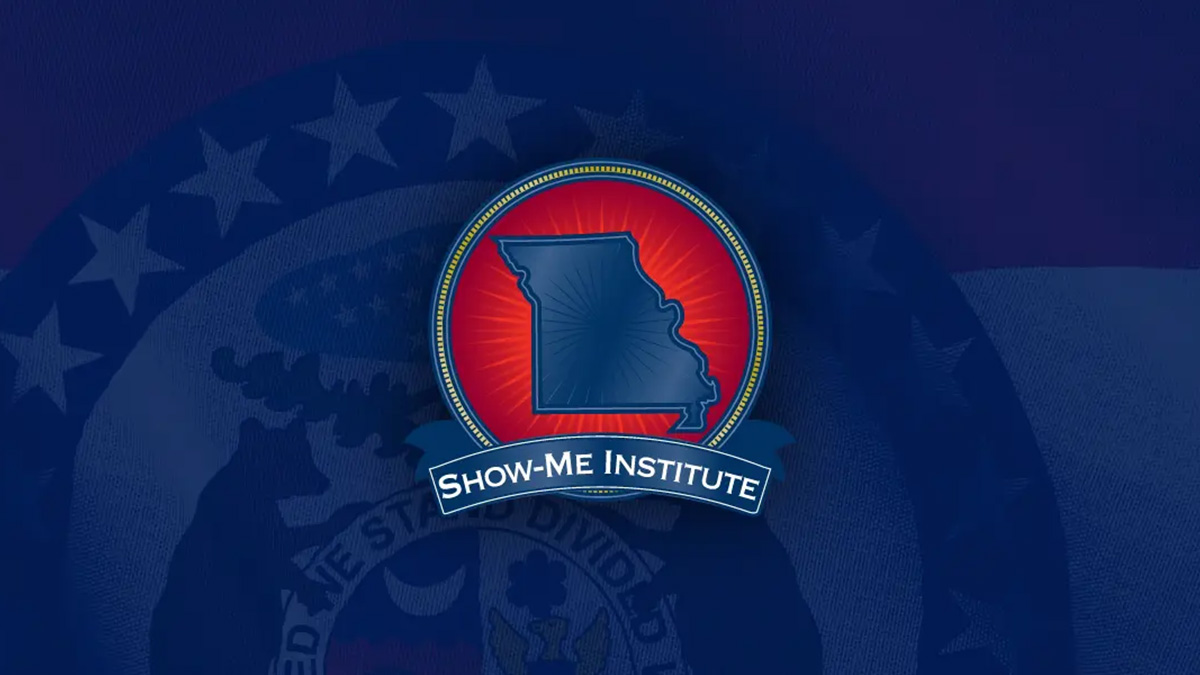Light Rail Heavy on Taxpayers’ Wallets
I’ve lived in St. Louis for 19 years now and I’ve used the area’s light rail system ten times … if that. Some residents and tourists probably benefit from Metrolink, but it seems to essentially serve two purposes for most residents: subsidized transportation from a few suburbs to Cardinals games and from the airport to downtown.
That’s what it will do in Kansas City, too, at an estimated taxpayer burden of $2.5 billion.
The Kansas City Star reported that voters once again will have the opportunity to give their opinion on a taxpayer-funded light rail system this fall. The plan calls for a three-eighth-cent sales tax that would generate roughly $1 billion over 25 years.
Combined with $1.5 billion from the state and federal government, the plan would create a network extending from KCI to the Waldo neighborhood. It would also add commuter rail lines and streetcar lines downtown.
We’ve reviewed Kansas City Transit Plans in the past and determined that this sort of project would not lead to many net benefits for the city. A taxpayer-funded light rail network would serve very few citizens and draw funding away from other, more effective methods of public transit.
And it won’t even run to the Chiefs’ and Royals’ games under the proposed plan.
A better idea would be furthering developing existing transit systems in Kansas City. From a previous Show-Me Policy Study:
This study recommends that the Kansas City Area Transportation Authority contract out bus operations to private companies, which is likely to save 30 to 40 percent of costs. This, in turn, will allow a 50- to 60-percent increase in bus services, including several new bus–rapid transit routes. These improvements should result in far more new riders using public transit than would be gained from light rail — without increasing the cost to taxpayers.
Here is a link to our full policy study on Kansas City transit and some previous thoughts on light rail in Missouri.


